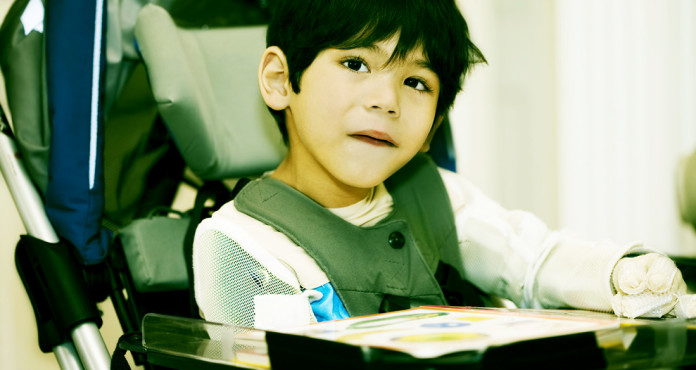
The Food and Drug Administration’s statistics confirm that medical devices for kids often falls behind technology for adults by up to five years, and parents, doctors and engineers are joining hands to bring more medical devices for kids. In 2013, only 8 out of 38 high-risk medical devices were approved for use for patients under 22; the following year, only 6 of 33 medical devices were approved for use for children.

Pacemakers and prosthetics are almost always designed exclusively for adults, and in the case that they have to be used by children, there is no alternative. So children often end up with protruding devices or some that are too big for their growing bodies.
A smaller wireless pacemakers for adults is currently in production, and Dr. Charles Berul, co-director of Children’s National Heart Institute hopes that once it’s proven functional, a version for children can go into development. Since the 2007 legislation that established a small budget to hep fund early pediatric device development. In 2015, the FDA granted $3.5 million to eight programs around the country to help this effort.
These sort of grants have turned out great results in the past. The FDA passed a program in 2011 that allowed The Berlin Heart to develop a child-sized implantable pump to help children live through the wait for a heart transplant, an option that had only been available to adults before. OrthoPediatrics Corp. of Warsaw, Indiana, created a device to repair a torn ACL without damaging a child’s still-growing limbs.
Dr. Andrew Pedke, an orthopedic surgeon and co-founder of LIM Innovations, declares that these efforts aren’t brought on by pediatricians; they’re brought in and supported by parents.

















